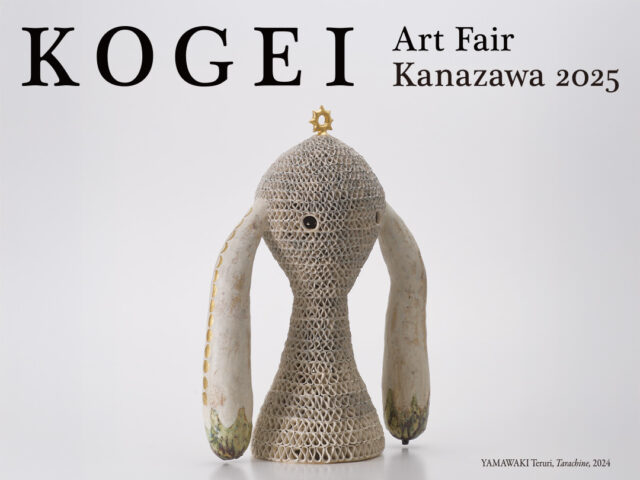“Craft Competition in Takaoka, Tokyo Exhibition” Will Be Held in Marunouchi
Featured Exhibitions & Events VOL.51


VOL.1-51
Update

VOL.1-23
Update

VOL.1-25
Update
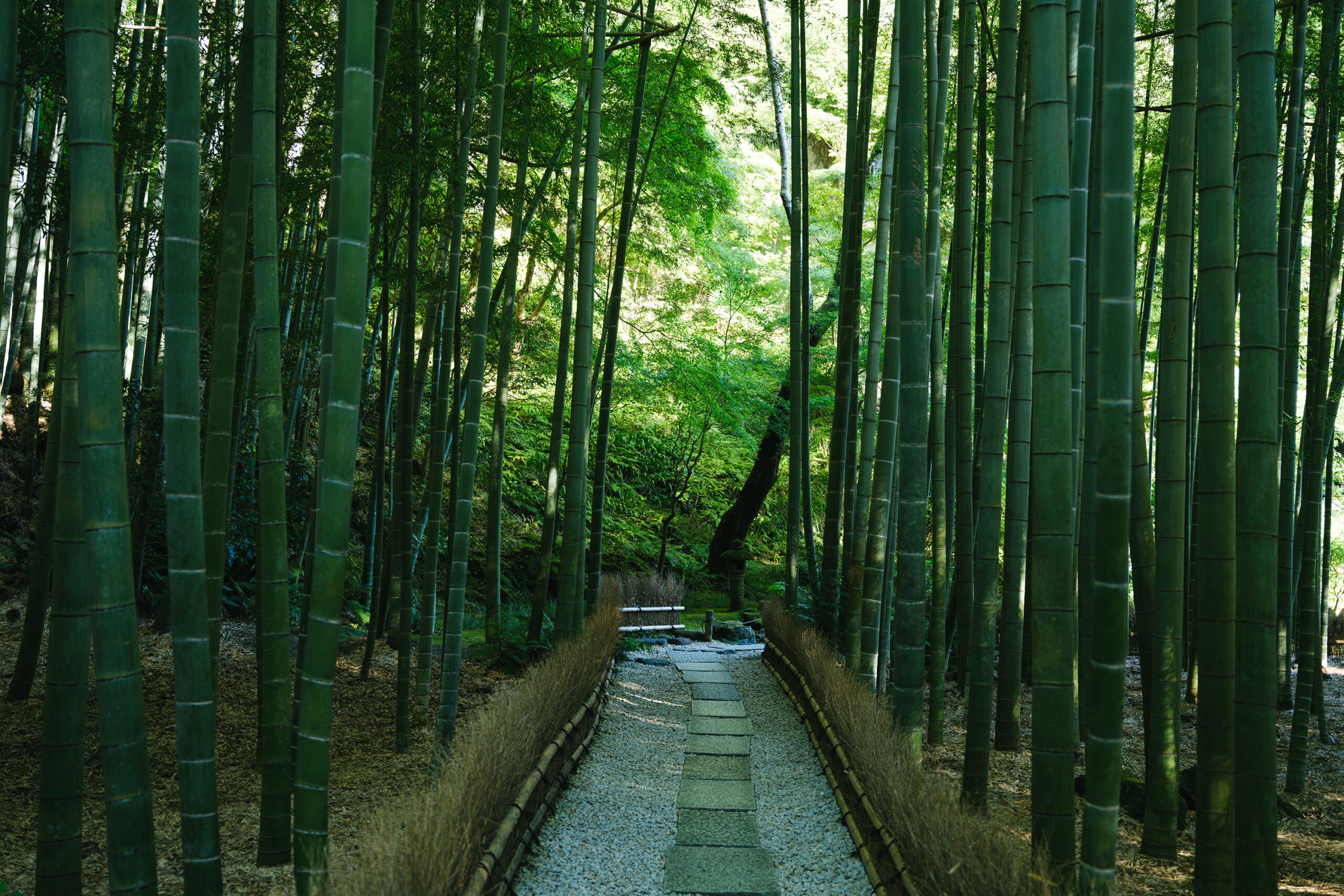
VOL.1-3
Update
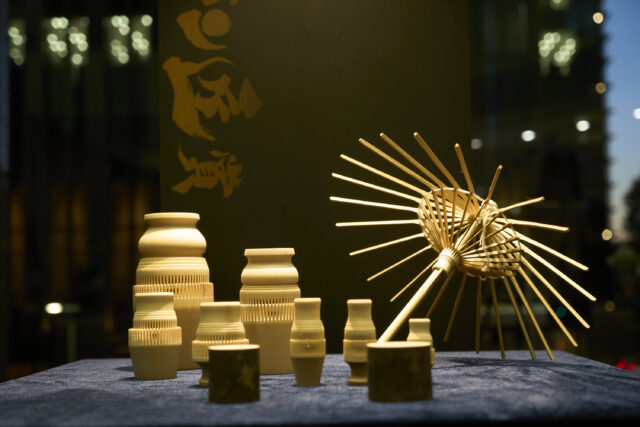
VOL.1-27
Update

VOL.1-4
Update
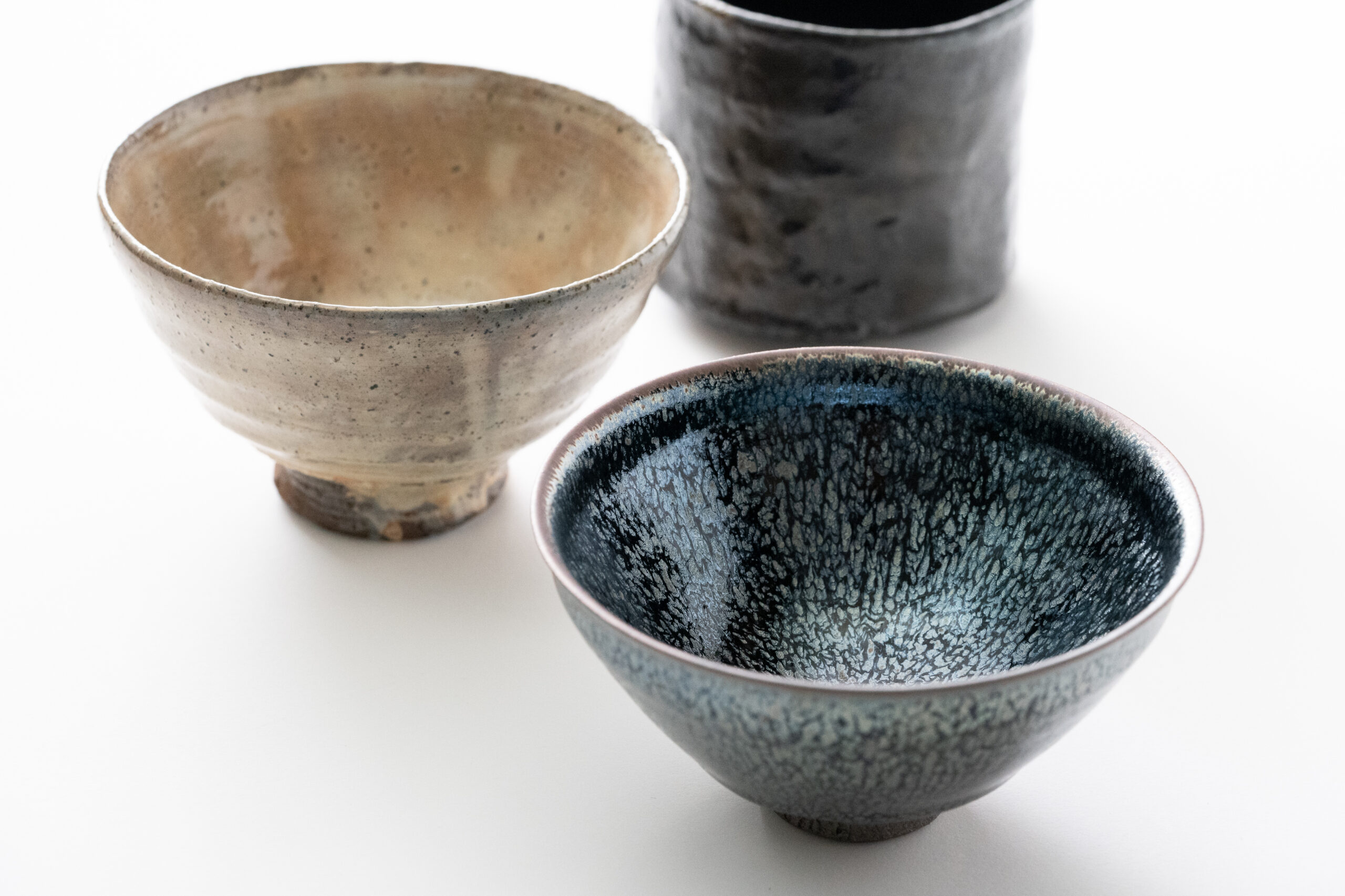
VOL.1-3
Update

VOL.1
Update
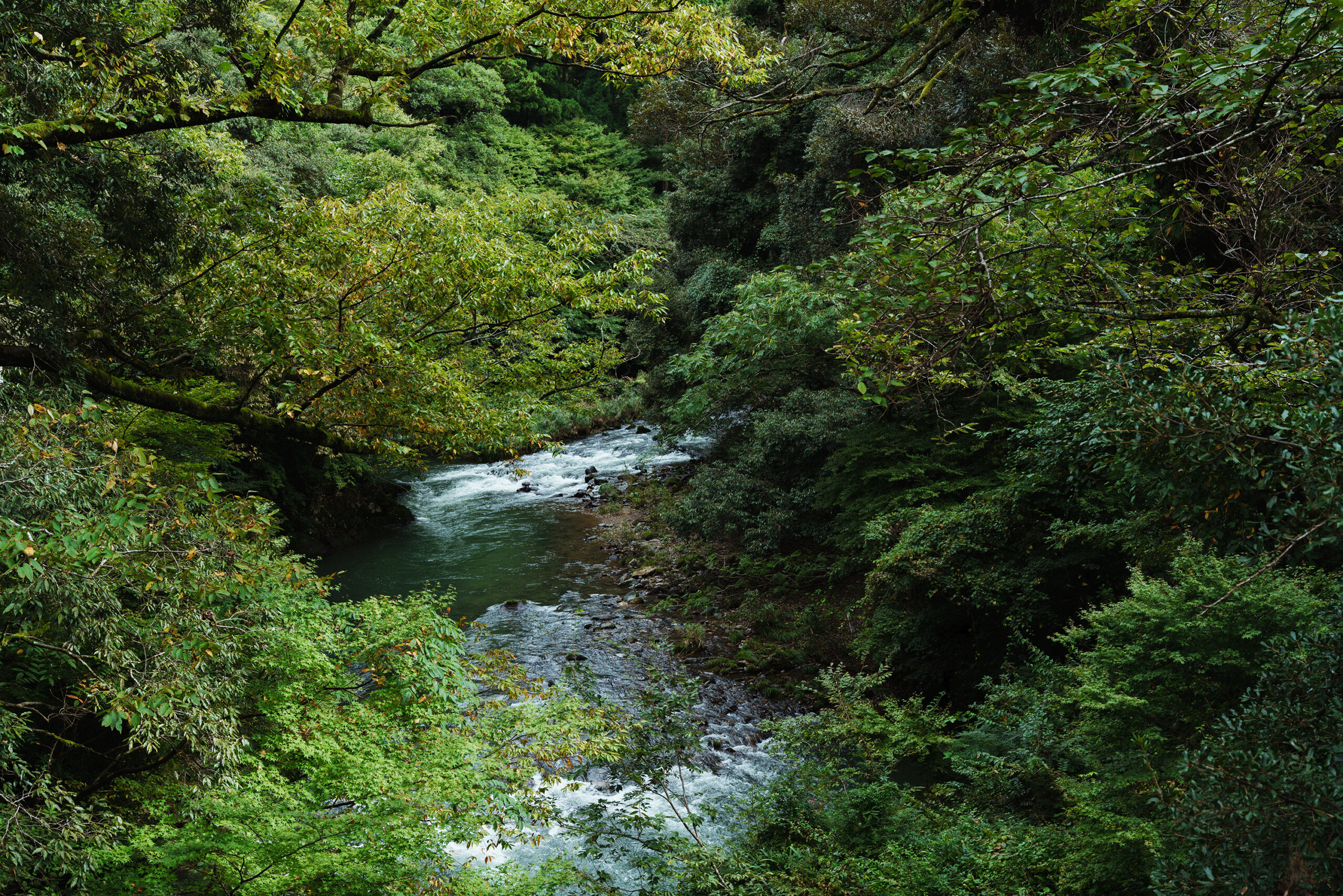
VOL.1-7
Update
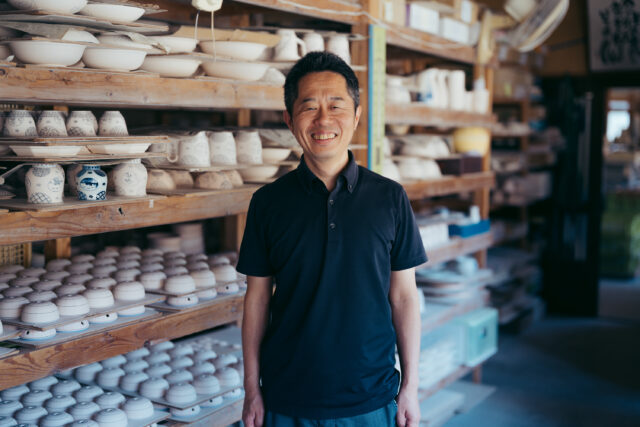
VOL.1-32
Update
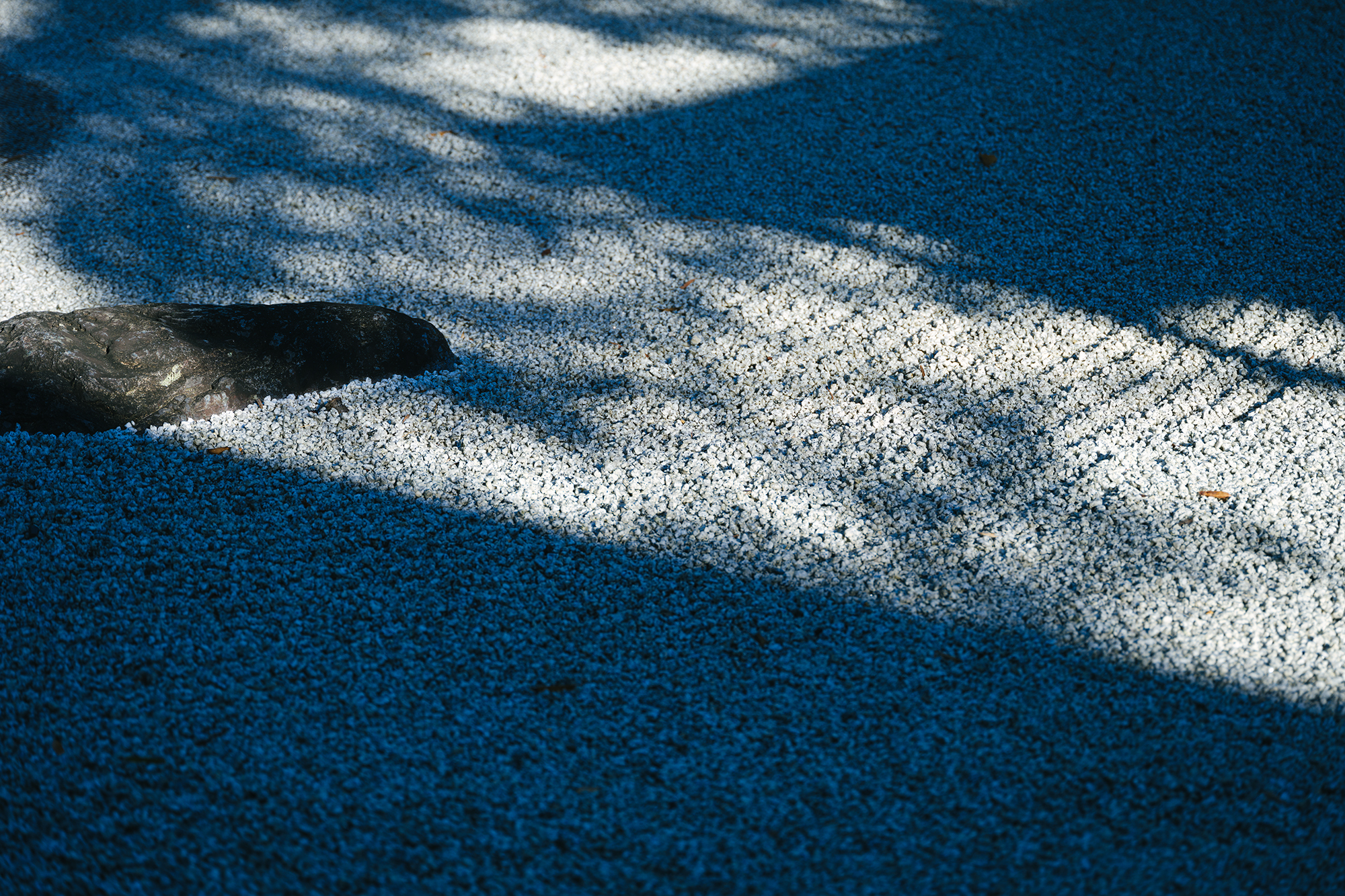
VOL.1-12
Update
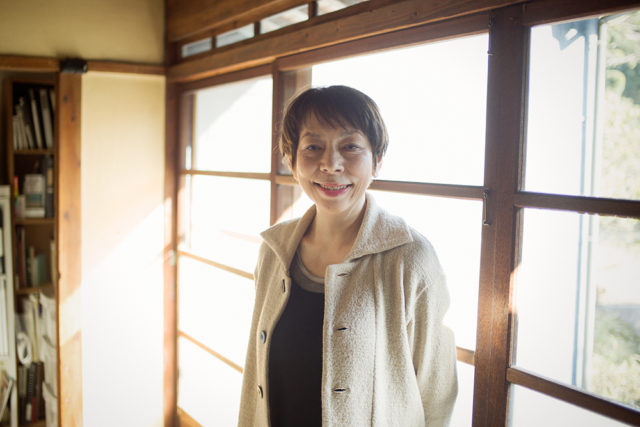
VOL.1
Update
We share a variety of information and perspectives on Japanese crafts, including exhibition information and interviews.
Featured Exhibitions & Events VOL.51
New Products VOL.23
KOGEI Topics VOL.25
Featured Exhibitions & Events VOL.50
Dec 9, 2025 – Mar 1, 2026
National Crafts Museum
Dec 20, 2025 – Feb 1, 2026
Nezu Museum
Dec 26, 2025 – Jan 14, 2026
WAKO B1F ARTS & CULTURE
Jan 6 – Mar 10, 2026
The Japan Folk Crafts Museum

Tobe Town in Ehime Prefecture has long been an area known for the production of whetstones. Since the Edo period, when the city successfully developed techniques to use whetstone waste to produce porcelain, Tobe ware has focused on creating white porcelain and sometsuke porcelain decorated with a blue pigment. The Baizangama Kiln, established in 1882 by Masagoro Umeno, is the oldest kiln in Tobe. Masagoro inherited the climbing kiln from the Watanabe Kiln in Tobe and began his ceramics business, which grew steadily through trade not only within Japan but also with Southeast Asia and India. Sometsuke Tea bowls with designs made using traditional Japanese paper (washi) and a stencil technique became known as “Iyo Bowls” and gained particular popularity overseas.
After World War II, the kiln faced a difficult situation. However, the fourth-generation head, Takenosuke Umeno, met the leaders of the Mingei Movement, Soetsu Yanagi, Shoji Hamada, and Kenkichi Tomimoto during a visit to Tobe and found a foothold from which to revitalize the kiln. Under their guidance, Takenosuke decided to return to the roots of Tobe ware: “handcrafted work.” Taking inspiration from the hand-painted blue and white sometsuke porcelain of the late Edo period, he focused on creating practical and beautiful vessels. In this way, the philosophy of “function and beauty,” which has guided the work of Baizangama to this day, came to define the very identity of modern Tobe ware.
One of the signature decoration techniques that Baizangama excels at is known as the “Tsuketate-no-hitofude-gaki,” literally, “Freshly painted one-stroke drawing,” which involves sometsuke style painting and overglaze patterns created in a single, fluid motion. At first glance it seems like a simple technique, but precisely because of that simplicity it requires considerable training to execute without wavering. The deep indigo beauty, drawn confidently using gosu blue pigment, is described by Kazuko Iwahashi, the current president of the kiln, as “a straightforward, honest, and healthy beauty that emerges from the artisans’ inner selves.” The original arabesque pattern, designed by the late Shoji Kudo who created many designs for Baizangama, remains as popular today as it was when it was first introduced decades ago. Kiln Vice President Toshio Iwahashi says, “Good things resonate with people’s hearts, regardless of the era.” He continues, “Even when you look at similar designs, upon closer examination, you’ll notice the differences. This is the charm of hand-painted work. It evokes affection.”
In 2021, Baizangama established its SDGs declaration. The SDGs declaration is a statement made by local businesses and organizations expressing their commitment and guidelines for action towards the Sustainable Development Goals (SDGs). At Baizangama, the declaration emphasizes the commitment to preserving the tradition of Tobe ware, passing on its techniques, and working towards environmental conservation in the region. “We will preserve valuable materials such as the nobori-gama climbing kiln and pass them down to future generations. We must also urgently focus on nurturing successors. We would like to contribute to a sustainable socio-economic system and environmental conservation for the local community,” says Kazuko. As the oldest kiln in the region, Baizangama has a significant responsibility to lead the community. The kiln’s efforts towards realizing a sustainable local society are attracting attention.
